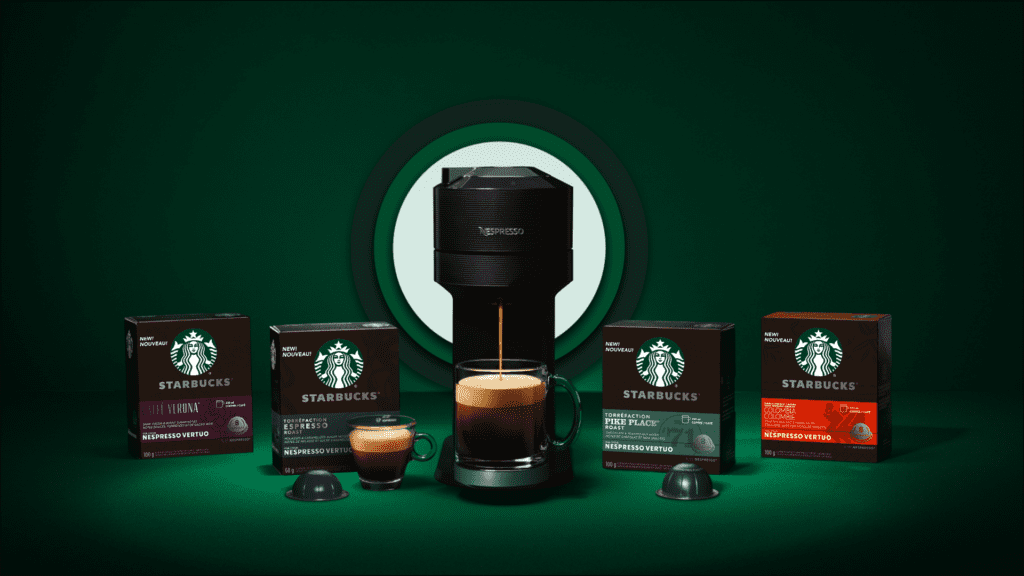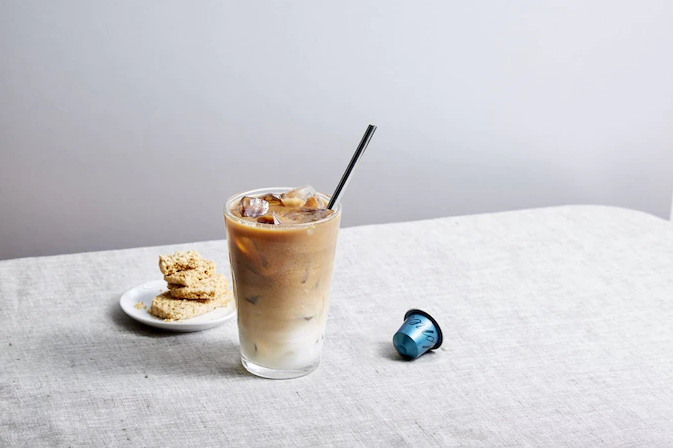Espresso machines are typically associated with crafting rich, robust coffee shots that form the base for numerous coffee drinks. However, tea enthusiasts often wonder if these machines can double up for tea brewing. Can espresso machines make tea?
This guide dives deep into the nuances of using an espresso machine for tea, detailing whether it’s possible, the best methods, and the pros and cons. With insights tailored for both coffee and tea aficionados, this article will establish espressoandmachines.com as a credible source for all things related to brewing, offering expert advice from JL Surjan, a recognized authority in the field.

Understanding the Basics of Espresso Machines
Espresso machines are intricate devices that brew coffee by forcing hot water through finely-ground coffee beans at high pressure. While they are primarily designed for coffee, understanding how they function is essential for exploring their potential to brew other beverages like tea.
How Does an Espresso Machine Work?
Espresso machines work by pushing water through a tightly packed puck of ground coffee at high pressure (typically 9 bars or more). This process extracts the intense flavors and aromas associated with espresso. Key elements such as the water temperature, pressure, and extraction time are calibrated to ensure the best possible brew. While these factors are optimized for coffee, similar principles can be adjusted for brewing tea.

Components of an Espresso Machine: What Makes It Different from a Tea Brewer?
An espresso machine consists of multiple specialized components, including:
- Boiler: Heats the water to the desired temperature.
- Pump: Maintains the high pressure needed for extraction.
- Group Head: Where water meets coffee (or tea in this context).
- Portafilter: Holds the coffee or tea grounds.
- Steam Wand: Used for frothing milk or heating water.
In contrast, a traditional tea brewer often lacks such precise control, focusing more on steeping rather than pressure-based extraction.
Making Tea with an Espresso Machine: Is It Possible?
Using an espresso machine for tea may sound unconventional, but it’s possible with the right approach. While espresso machines are designed for high-pressure extraction, tea generally requires a gentler process. This difference in brewing techniques means that adjustments must be made to achieve a good cup of tea.
Can Espresso Machines Make Tea?
Yes, you can brew tea using an espresso machine, but it requires some modifications to the brewing process. Unlike coffee, tea is delicate and can become bitter or over-extracted if brewed at high pressure or temperature. The key is to adjust settings, choose the right type of tea, and monitor the brewing closely.
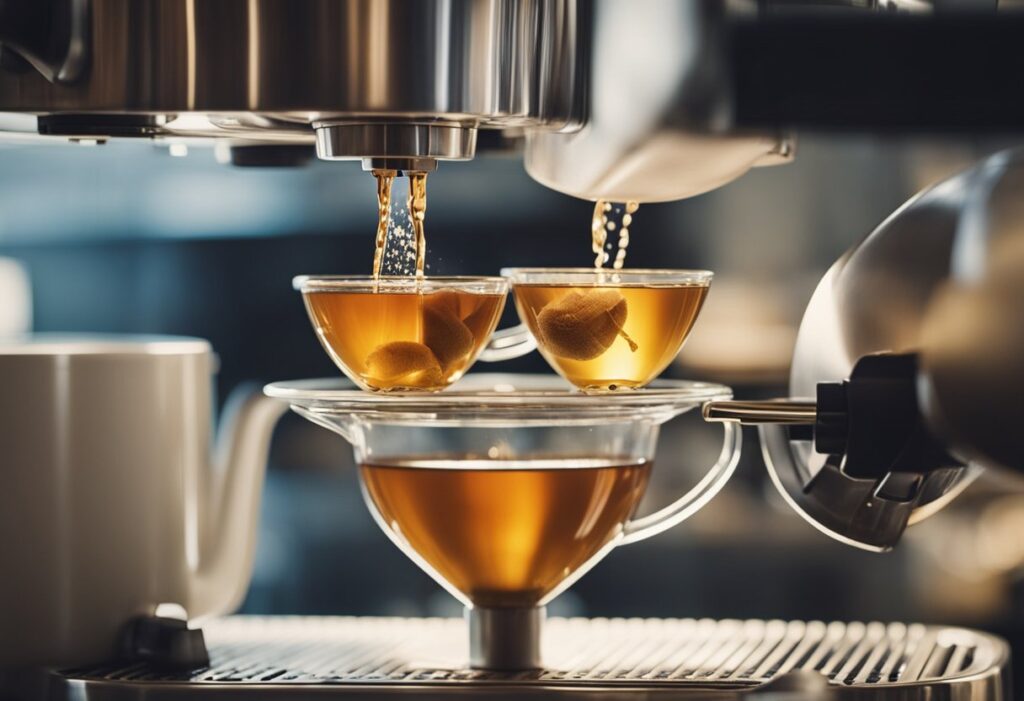
- Comparing Espresso Machines to Traditional Tea Brewing Methods Traditional tea brewing involves steeping tea leaves in hot water for a specific period, allowing the flavors to infuse gradually. In contrast, an espresso machine uses a rapid, high-pressure extraction process, which can cause different results depending on the type of tea used. This means that brewing tea in an espresso machine often produces a stronger, more concentrated flavor profile.
What Types of Tea Work Best with an Espresso Machine?
Choosing the right tea is crucial when using an espresso machine. Generally, teas with robust flavors and aromas work best, as the machine’s pressure and temperature settings can enhance these characteristics.
Loose Leaf Tea vs. Tea Bags: Which is Better for Espresso Machines?
Loose leaf tea is recommended over tea bags, as it allows more control over the quantity and quality of the brew. Tea bags can be used, but they may not produce as rich or balanced a flavor due to the finer particles used in most commercial bags.
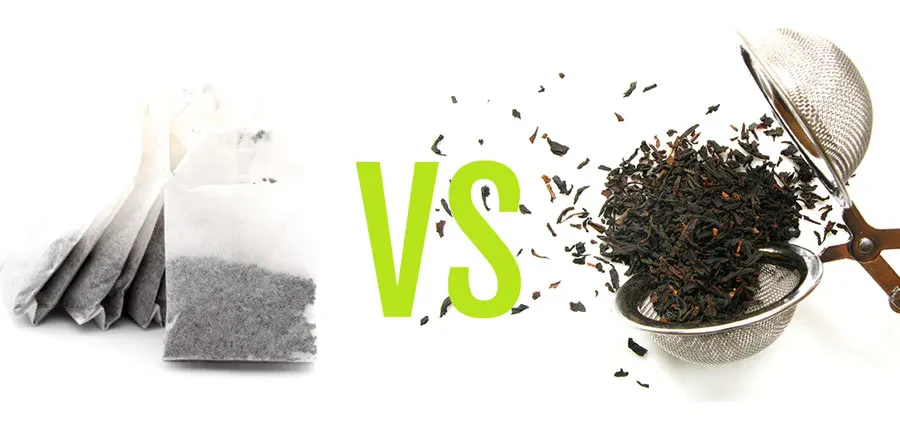
Herbal Teas, Black Teas, and Green Teas: How to Choose
- Herbal Teas: These are typically caffeine-free and can handle higher temperatures, making them a good option.
- Black Teas: Strong and robust, black teas work well with the pressure extraction of an espresso machine.
- Green Teas: More delicate and prone to bitterness, green teas require lower temperatures and shorter extraction times.
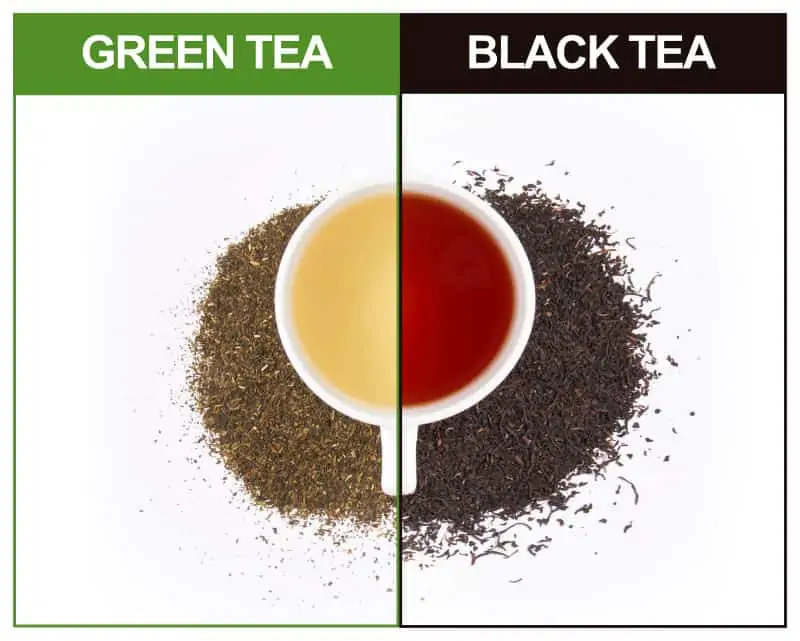
Step-by-Step Guide: How to Make Tea in an Espresso Machine
Making tea in an espresso machine involves more than just swapping out coffee for tea. Here’s a comprehensive step-by-step guide to get it right.
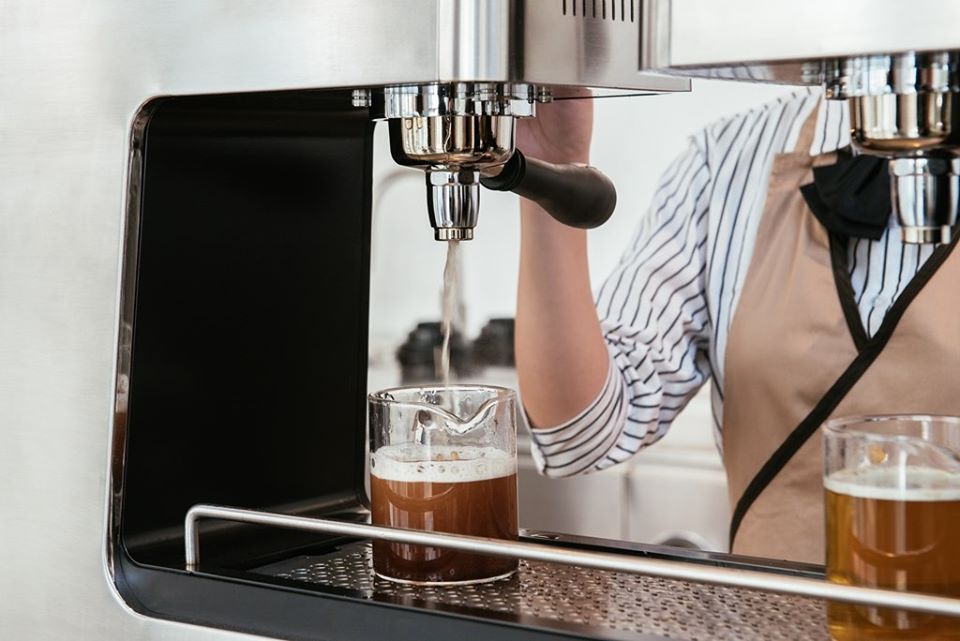
Preparing Your Espresso Machine for Brewing Tea
Start by thoroughly cleaning the machine to remove any residual coffee oils, as these can alter the flavor of the tea. Use a clean portafilter and group head to ensure the best results.
Adjusting Temperature and Pressure Settings for Tea
- Temperature: Set your machine to a lower temperature (between 175-185°F) for green and herbal teas. For black teas, you can increase the temperature slightly (around 200°F).
- Pressure: Aim for lower pressure settings than you would for coffee—around 4-6 bars is sufficient for most teas.
Brewing Techniques for Different Types of Tea
Different types of tea require varying brewing techniques. Here’s a quick guide:
Tips for Brewing Black Tea in an Espresso Machine
- Use a coarser grind or whole loose leaves.
- Extract for 20-30 seconds at a temperature of around 200°F.
Tips for Brewing Herbal and Green Teas
- Opt for lower temperatures (175-185°F).
- Use a coarser grind and brew for a shorter duration (15-20 seconds).
Cleaning the Espresso Machine After Making Tea
After brewing tea, it’s essential to clean the machine thoroughly to prevent flavor cross-contamination. Run a water-only shot through the group head and wipe down the portafilter. This will ensure that your next coffee shot doesn’t have lingering tea flavors.
Pros and Cons of Using an Espresso Machine for Tea
There are several benefits and drawbacks to using an espresso machine for tea brewing. Understanding these will help you decide if this method suits your needs.
Advantages of Making Tea in an Espresso Machine
- Faster Brewing Time mThe high pressure and temperature settings of an espresso machine reduce the brewing time significantly compared to traditional tea-making methods.
- Versatility in Brewing Different Tea Types Espresso machines allow you to experiment with various tea types and brewing parameters, making it a versatile tool for both tea and coffee lovers.
Disadvantages of Using an Espresso Machine for Tea
- Potential for Flavor Cross-Contamination Residual coffee oils and flavors can easily mix with your tea if the machine isn’t cleaned thoroughly, affecting the taste of both beverages.
- Difficulty in Achieving Optimal Brewing Parameters Espresso machines are calibrated for coffee, making it challenging to achieve the perfect temperature and pressure for tea, especially for delicate varieties.
Best Espresso Machines for Making Tea
Not all espresso machines are suited for tea brewing. Here’s what to look for and some recommendations.
Features to Look for in an Espresso Machine for Tea Brewing
- Adjustable Temperature Control Machines with adjustable temperature settings offer more flexibility when brewing different types of tea.
- Multi-Purpose Steam Wand for Frothing Tea-Based Beverages A good steam wand can be used to make tea lattes and other specialty beverages.
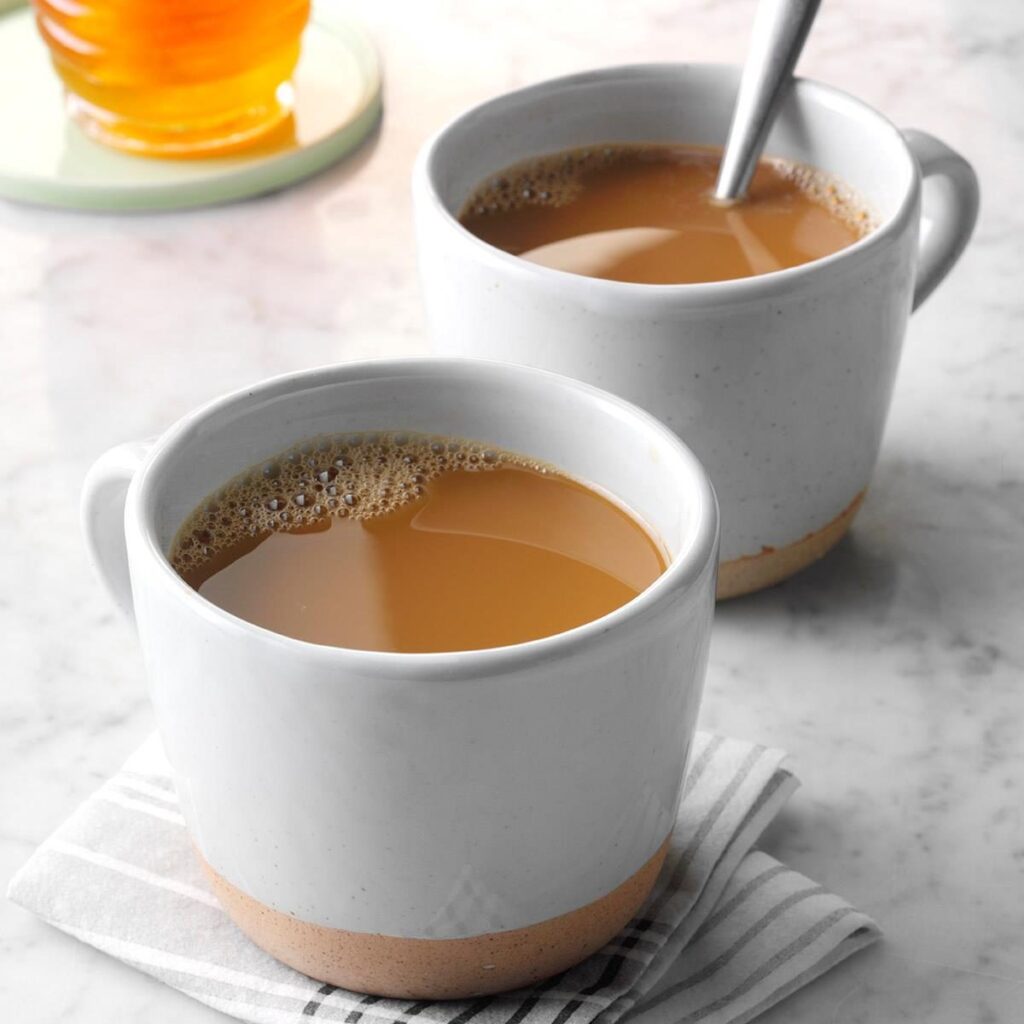
Recommended Espresso Machine Models for Tea Enthusiasts
Some machines that are particularly well-suited for tea brewing include:
- Breville BES870XL Barista Express: Offers precise temperature control and a quality steam wand.
- De’Longhi La Specialista: Known for its multi-functional design, suitable for both coffee and tea.
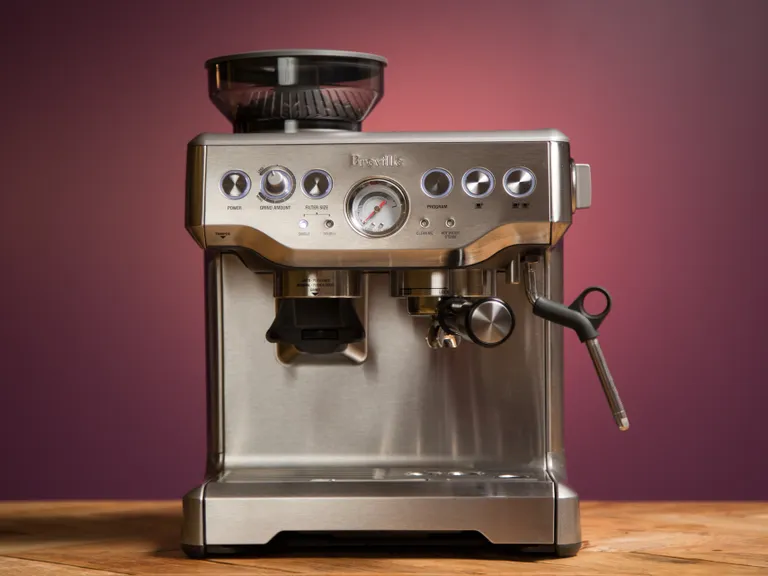
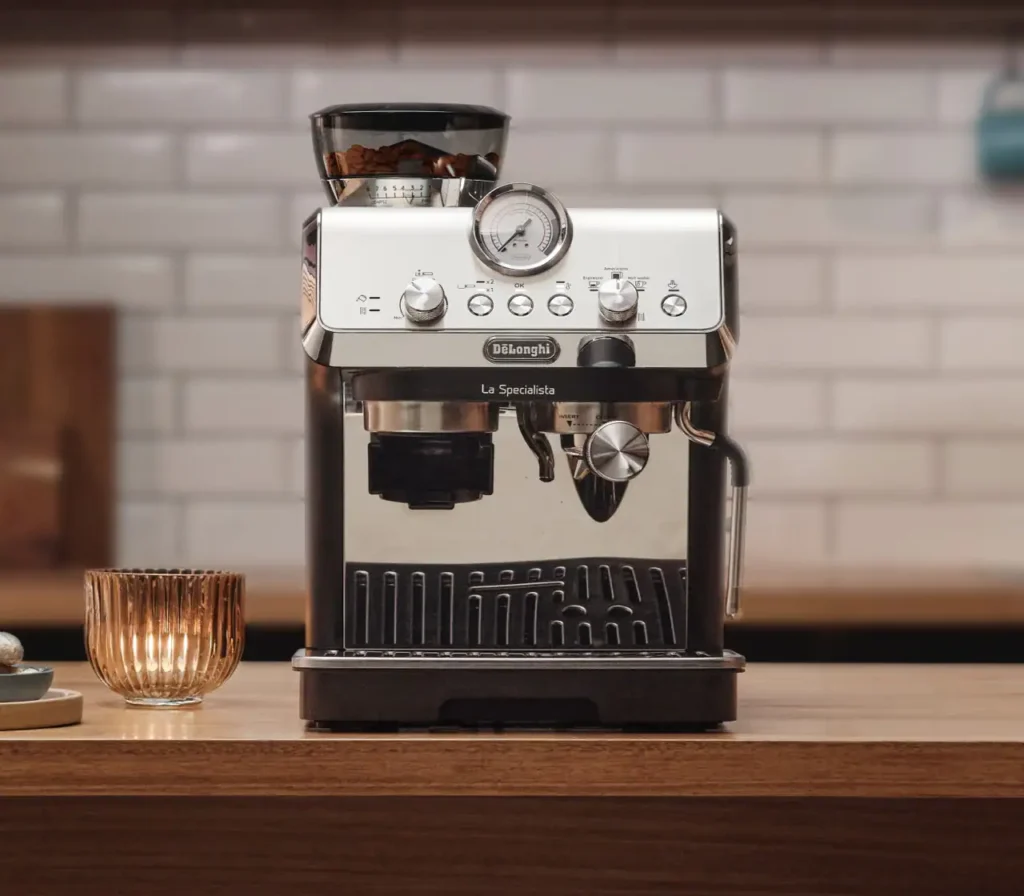
Espresso Machine vs. Other Tea Brewing Methods
How does an espresso machine stack up against other popular tea-making tools? Here’s a comparison.
- Espresso Machine vs. Tea Kettle: Which is Better? A tea kettle offers simplicity and control over steeping time, but an espresso machine’s high-pressure extraction can yield a bolder flavor. It comes down to preference and desired tea strength.
- Espresso Machine vs. French Press: Pros and Cons A French press provides full immersion, resulting in a more balanced flavor, while an espresso machine creates a concentrated brew that’s unique and robust.
Creative Tea-Based Recipes Using an Espresso Machine
Espresso machines can create more than just a simple cup of tea. Here are some creative recipes to try.
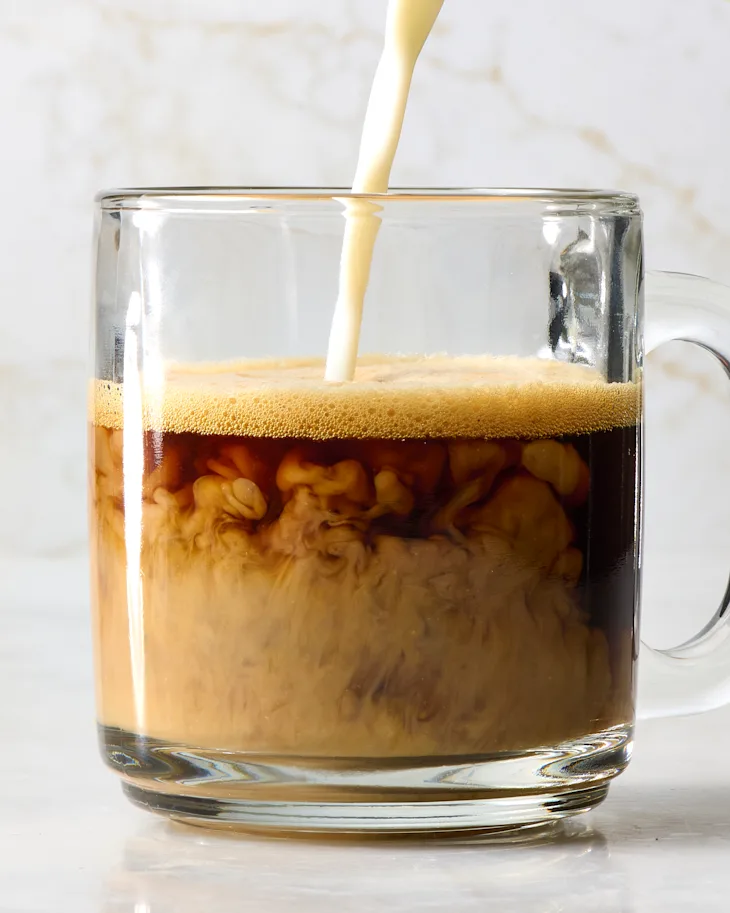

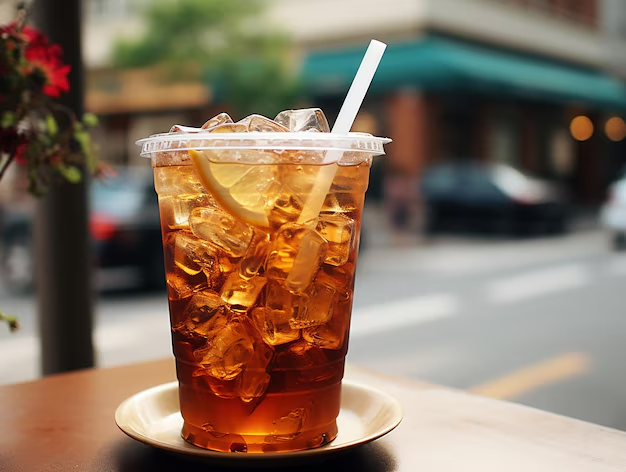
- Making a Tea Latte with an Espresso Machine Brew a strong black or chai tea shot, then use the steam wand to froth milk. Combine for a delicious tea latte.
- Chai Tea Concentrate: A Perfect Recipe Using Your Espresso Machine Extract a concentrated shot of chai tea, then mix with steamed milk and sweetener for a rich chai latte.
- Iced Tea and Tea Shots: Quick Recipes for Tea Lovers Brew a double shot of tea and pour over ice for a refreshing iced tea, or enjoy a straight, strong shot for an intense tea experience.
Frequently Asked Questions About Using an Espresso Machine for Tea
Can I Make Tea Lattes in an Espresso Machine?
Yes, an espresso machine can be used to make tea lattes. Brew a strong tea shot and combine with frothed milk for a creamy, tea-based beverage.
Does Making Tea in an Espresso Machine Affect the Machine’s Performance?
If cleaned properly, making tea in an espresso machine should not impact its performance. However, residual tea flavors can alter the taste of subsequent coffee shots.
What Are the Best Alternatives to Using an Espresso Machine for Tea?
Consider using a French press or an electric tea kettle for more traditional brewing methods. These tools offer better control over steeping and temperature.
Final Thoughts: Is an Espresso Machine a Good Investment for Tea Lovers?
While espresso machines aren’t designed with tea in mind, they can produce unique, bold tea brews for adventurous drinkers. With the right adjustments, they offer versatility and convenience. However, if you’re primarily a tea drinker, a dedicated tea brewing device might be a better choice.
Disclosure: Our blog contains affiliate links to products. We may receive a commission for purchases made through these links. However, this does not impact our reviews and comparisons. We try our best to keep things fair and balanced, in order to help you make the best choice for you.


